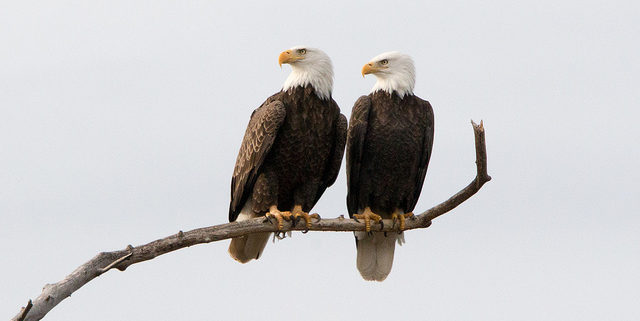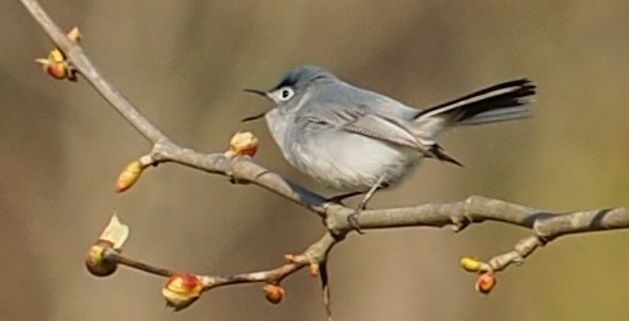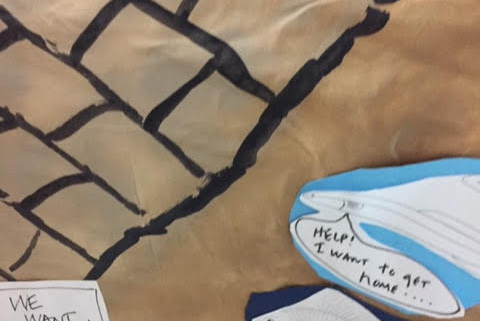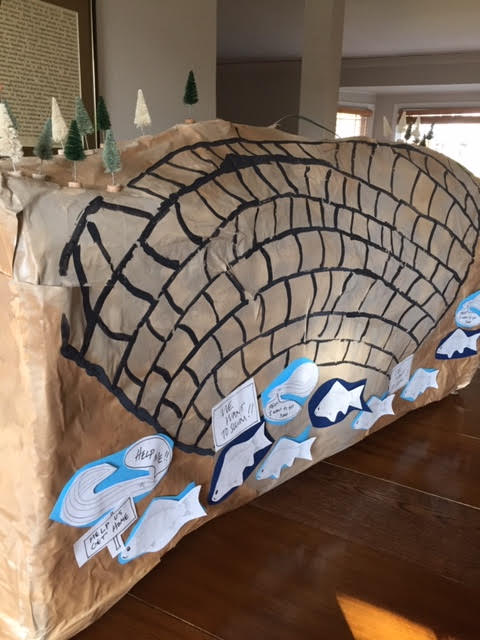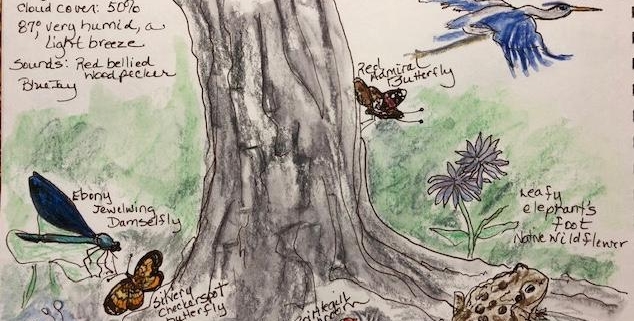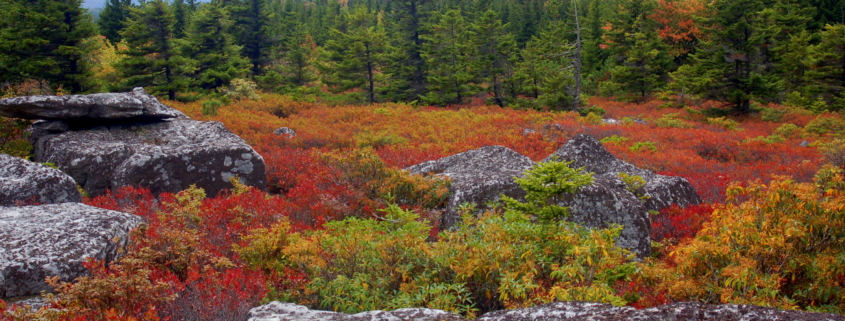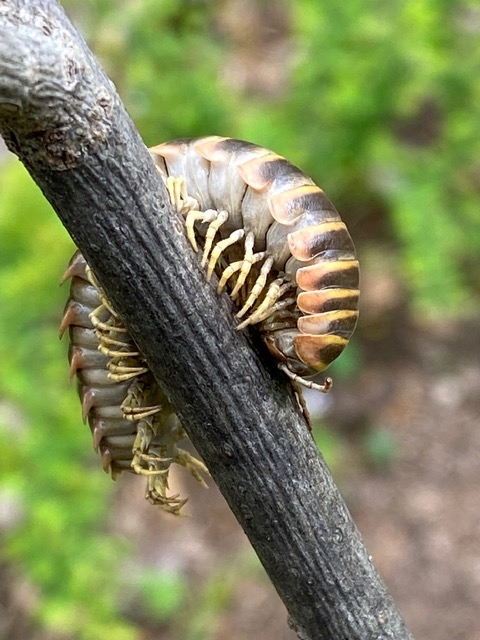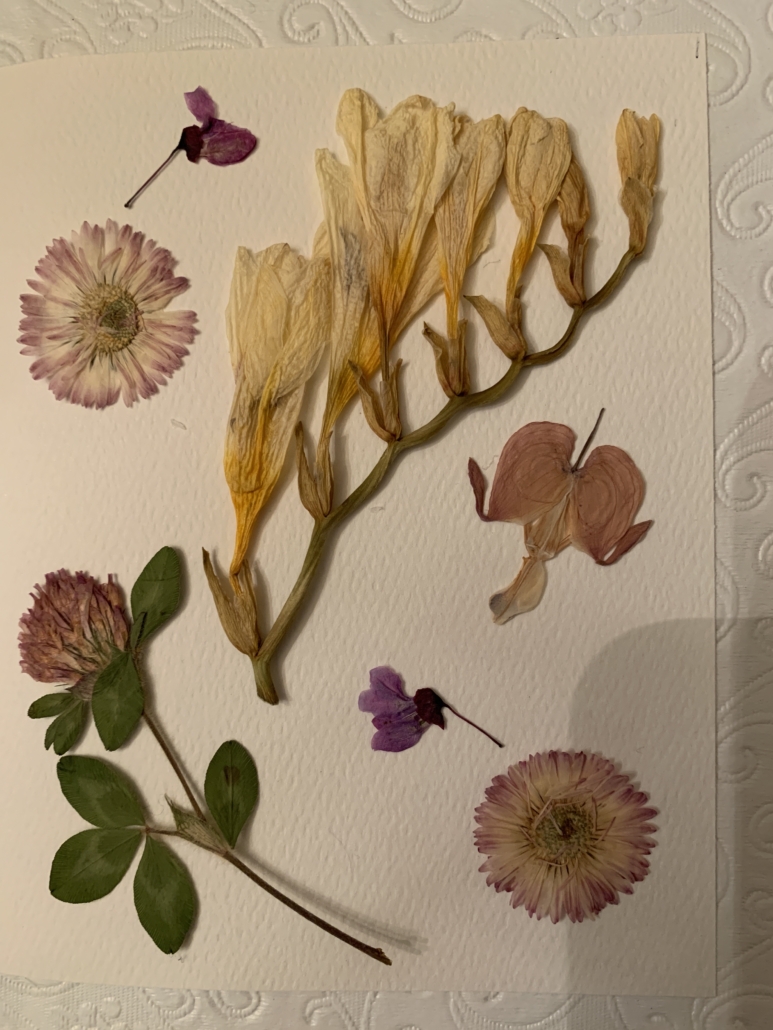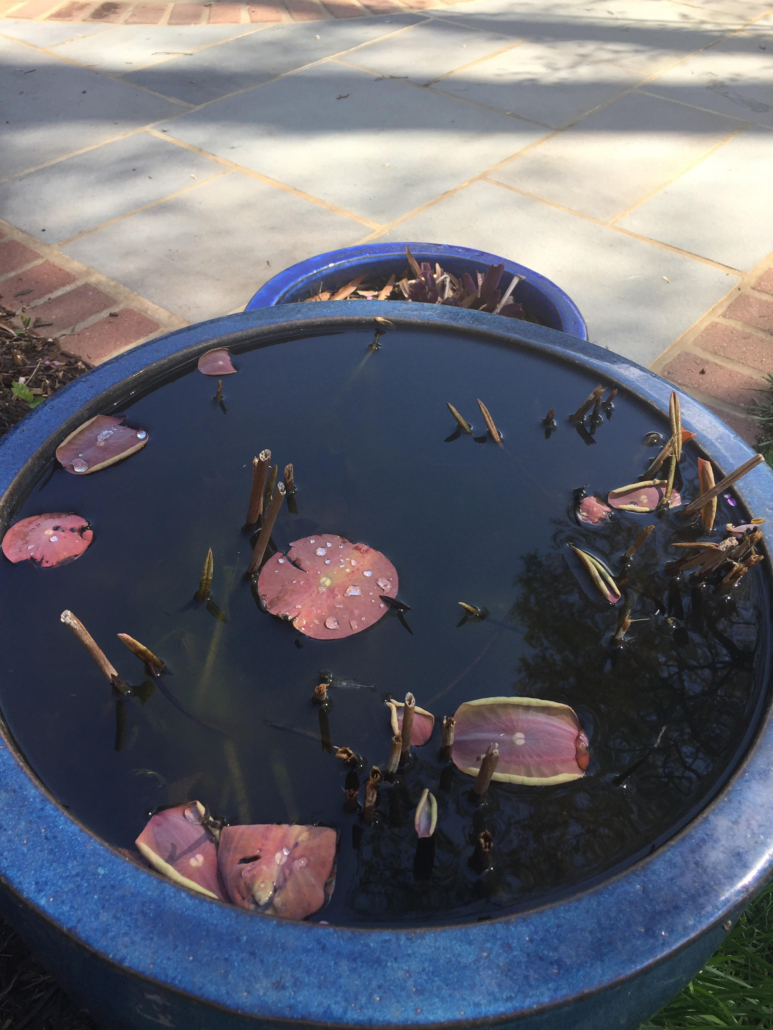Just for fun: Two nature photography events
Article and photos by Barbara J. Saffir (c)
Critters (& more) Challenge
LIFE’S TOO EASY RIGHT NOW! Right? Of course not. But to take our minds off the pandemic, here’s a nature photography CHALLENGE! From May 1 to May 31, try to photograph as many of the following as you can while social distancing, abiding by all CDC & locale jurisdiction rules, and following ethical photography guidelines. Most of these critters, birds, plants, & landscapes can be found in your own neighborhood or nearby.
Please join the Meetup BEFORE MAY 18 and then upload your photos (1 per category) to our Meetup album by May 31. Each find counts ONE point. The “extra credit” categories count FIVE points each. The photographer with the most points who uploads her/his photos by 5/31 at 11:59 p.m. wins. FIRST-PLACE WINNER GETS BRAGGING RIGHTS — AND FIVE (5) FREE PHOTO OUTINGS after our lockdown is lifted and before 5/31/21. SECOND-PLACE WINNER GETS TWO FREE OUTINGS. (Safaris usually cost $5 within 100 miles of the Beltway and $10 outside.)
“Indoor” Critter Hunt
Look inside your computer, tap your cloud storage, and stroll down memory lane on your external drives for photos of critters & birds that you took ANYTIME for this virtual hunting expedition. RSVP for this critter hunt, upload one photograph per category into this Meetup album, and receive one point. The wildlife photographer with the most points by 5/31/20 at 11:59 pm wins bragging rights and two free photo safaris before 5/31/21. A tie(s) will be decided by the equivalent of a coin toss.



